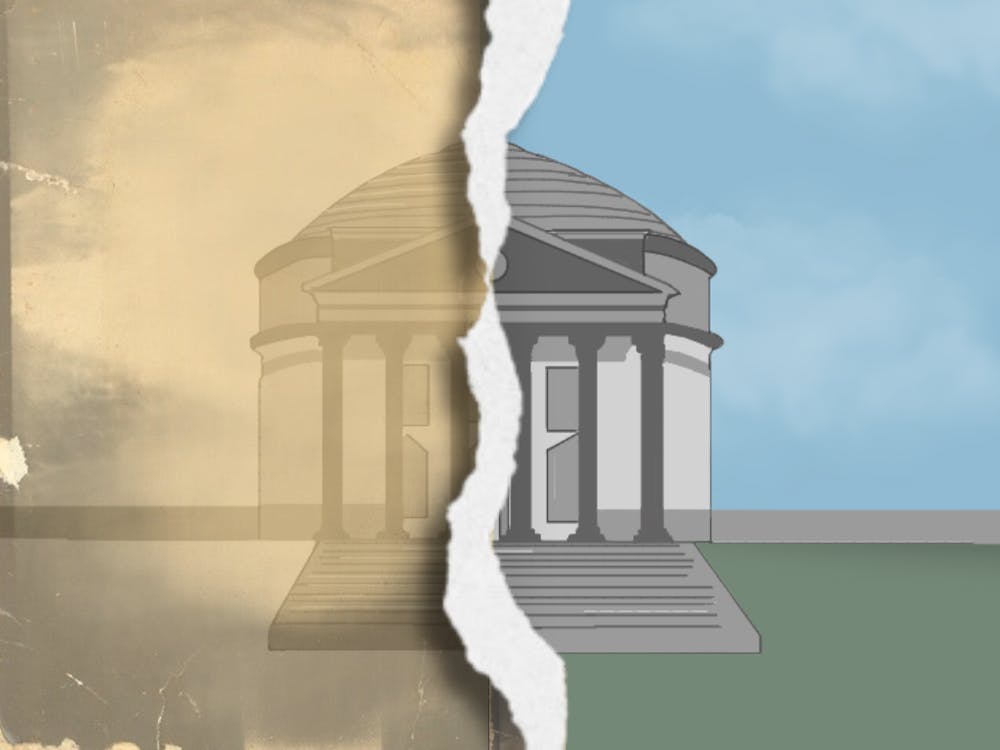DEALING with the past is never easy. Whether this is on a personal, community or national scale, deciphering the past and \nprioritizing its lessons remains a challenge. Just as there is happiness, accomplishment and pride in the past, there is an equal amount of despair, failure and shame. While painting the past as a beautiful place and sugarcoating its flaws seemingly creates a happy present, it ultimately manufactures a more miserable one that is ignorant and phony. There is truth to the saying that you cannot run from the past. The past is inherently within us and all of its components, good and bad, demand acknowledgement.
No other example than Germany's attempts to deal with its orchestration of the Holocaust is more telling of this fact. Germany was the pinnacle of evil for more than a decade and carried out the killings of six million Jews and millions of others. But Germany, prior to and after its Nazi period, has also made consistent and positive contributions to culture, technology and society. There is just as much good in Germany's past as there is bad.
But instead of ignoring the Holocaust or inaudibly acknowledging it, Germany recognizes its role as a perpetrator. Five and a half acres of land in central Berlin are used just for this purpose, encompassing the massive "Memorial to the Murdered Jews of Europe." The memorial is just blocks from the Reichstag and Brandenburg Gate, sites which commemorate some positive aspects of German history - democracy and past glories.
Germany is doing well in acknowledging the Holocaust. This acceptance of all aspects of the past, good and bad, deeply contrasts with our own community's dealings with the past. While we have much to be proud of as students at this University, there too is shame in our University's past. This shame is still swept under the rug.
The University's support for the institution of slavery is without a doubt the biggest evil of its past. According to Gayle Schulman in "Slaves at the University of Virginia," slaves were used to build the entire historic center of the University - the Rotunda, Pavilions and Lawn Rooms. Slaves helped take care of the landscaping and building maintenance. According to Schulman, most professors held personal slaves - 8 professors in 1830 held a combined total of 66 slaves. Slaves were also used to take care of all of the students' personal needs - slaves made students' beds, cooked their food, cleaned their rooms and did their laundry.
According to Schulman, University slaves lived in Pavilion basements or housing behind the Pavilions, often in damp and uncomfortable conditions. Students and professors beat slaves, and threatening slaves was not uncommon. According to Schulman, in 1856, one student beat a young slave girl, around 10. The girl apparently chased a pigeon onto the University, an offence that "angered" the student. The student threatened to beat her for it and the girl replied that he could not - only her master could punish her. The student felt the need to punish the girl for her "insolence" and beat her until she was unconscious.
The gruesome stories are endless. The point is that slavery is a huge part of the University's history. Slaves were at the forefront of jump-starting this great University. Nothing is more telling than the fact that, according to Schulman, when Thomas Jefferson went to survey the land chosen for the University, he squared it off with the aid of two slaves. Even prior to actual construction, slaves were used to iron out the exact dimensions and location of the University.
In order to acknowledge this history, the University has a responsibility to construct a noteworthy memorial to University slaves, on the Lawn or on another area of cultural and historical significance. The current memorial is embarrassingly inadequate. It consists of a tiny plaque under the Rotunda which barely visibly reads, "In honor of the several hundred women and men both free and enslaved whose labor between 1817 and 1826 helped to realize Thomas Jefferson's design for the University of Virginia." Not only is this memorial barely visible, it tells nothing of the University's relationship with slaves. An adequate slave memorial should be clearly visible to students and talk of all the contributions slaves made to the University, not just in construction, but also in their household and domestic services to both students and professors.
Dealing with sinister aspects of the past is never easy, but it is always necessary. We cannot pick and choose the legacies we want to acknowledge - we must acknowledge all or acknowledge none. A great University like ours should be at the forefront of uncovering and teaching its students the past. The University should set an example for its students, faculty and visitors by building a noteworthy memorial to its former slaves.
Jamie Dailey's column appears Thursdays in The Cavalier Daily. He can be reached at j.dailey@cavalierdaily.com.






